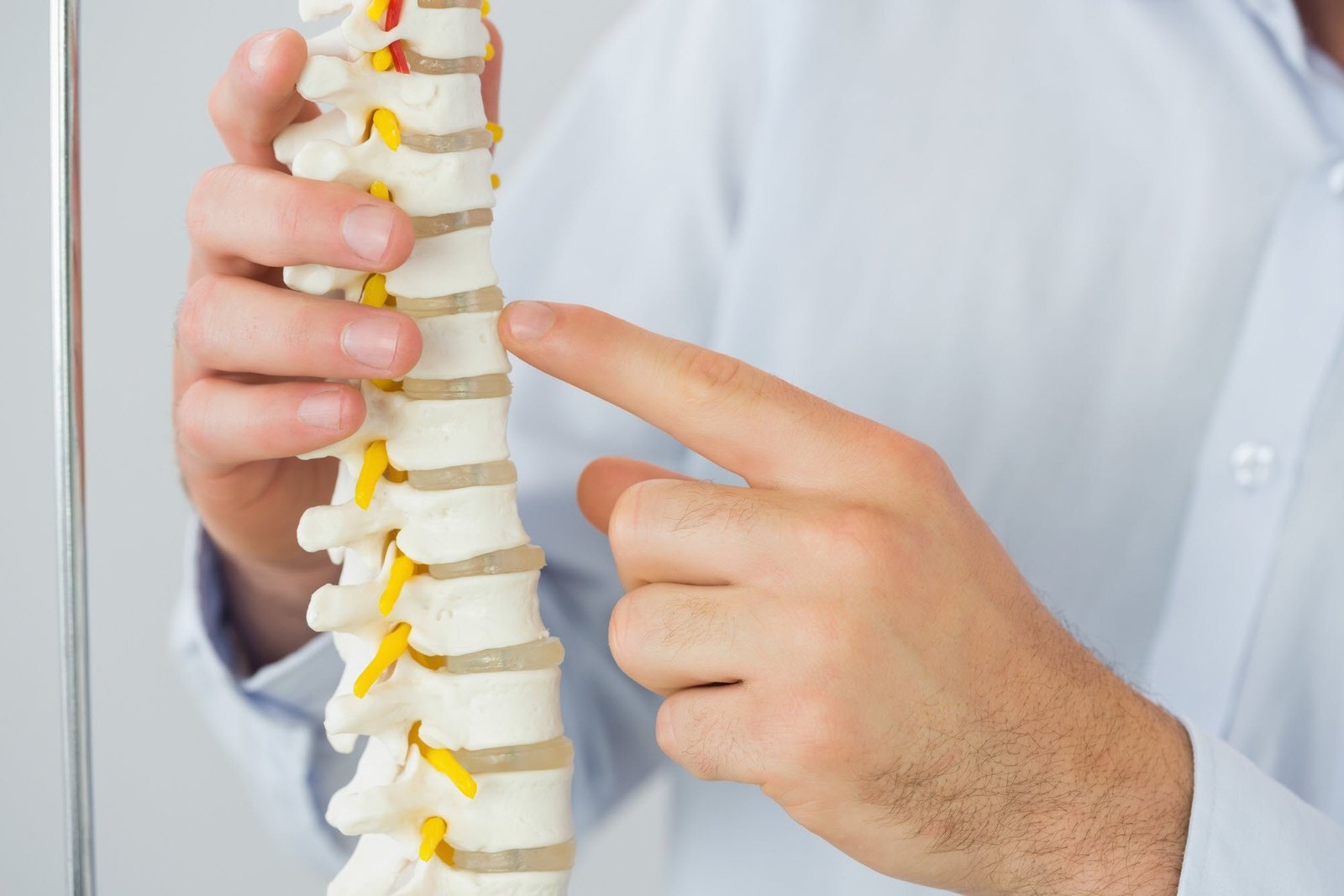One of the more common complaints we see in women ages 30 and up, are hip issues. The hip is connected to the spine, and often a problem will manifest higher in the spine but be the result of issues that begin at the hip. SI Joint Dysfunction is a common problem for women who are at or past, child-bearing age.
The Sacroiliac Joint connects the triangle bone at the base of your spine (the sacrum) to the pelvis. It is the connecting point between the upper and lower parts of the body and its primary function is to absorb shock between upper and lower parts of the spine. The SI Joint itself doesn’t move very much and is typically very strong and stable – until it isn’t.
If you’re experiencing pain on one side of your lower back or hip, or around your buttocks, that may be a sign of SI Joint Dysfunction. This ailment often leads to pain in the lower back as well as radiating pain down the sciatic nerve. Sometimes it is confused with pain related to herniated discs but it is estimated that 15-30% of lower back pain is connected to the Sacroiliac Joint.
Inflammation may be a signature contributor to SI Joint Dysfunction, which is why it’s important for women to proactivity prevent inflammation in the body. Inflammation is a chief factor in most major illnesses and injuries. It’s even believed to be a contributing factor to depression!
Turmeric is a natural anti-inflammatory that will typically be safe for all women to use. Please consult your doctor for confirmation. But what else can be done for those who suffer with SI Joint Dysfunction?
There are exercises that can help with SI Joint Dysfunction: knee-to-chest stretches, knee rotations, Bridge Pose in Yoga along with Child’s Pose.
The exercises to avoid, for those with SI Joint issues, include: golf (the swing is challenging for the hips), heavyweight lifting, crunches/sit ups, and long bike rides.
Your chiropractor can also help you with your Sacroiliac Joint Disorder. There are two types of chiropractic manipulation that can benefit those who have SI Joint Dysfunction:
Traditional Chiropractic Adjustment (spinal manipulation)
Gentle adjustment (with less force) also called Spinal Mobilization which is of lower impact.
Adjunctive therapy (soft tissue therapy techniques) may also be used by your chiropractor to assist with SI Joint issues. Those therapies include massage, trigger point therapy, somatics (like qigong) and acupressure.
The goal is to restore normal joint mobility and reduce pain. If your chiropractor determines that SI Joint Dysfunction is contributing to your spinal problems, they will work with you using adjustment and adjunctive therapy. SI joint instability may also benefit from an SI belt – that’s a wide, stretchy belt that wraps around your pelvis to help stabilize the SI joints.
Be sure to let your chiropractor know if you are experiencing any hip pain or discomfort so that we may properly diagnose and treat you for conditions like Sacroiliac Joint Dysfunction.









